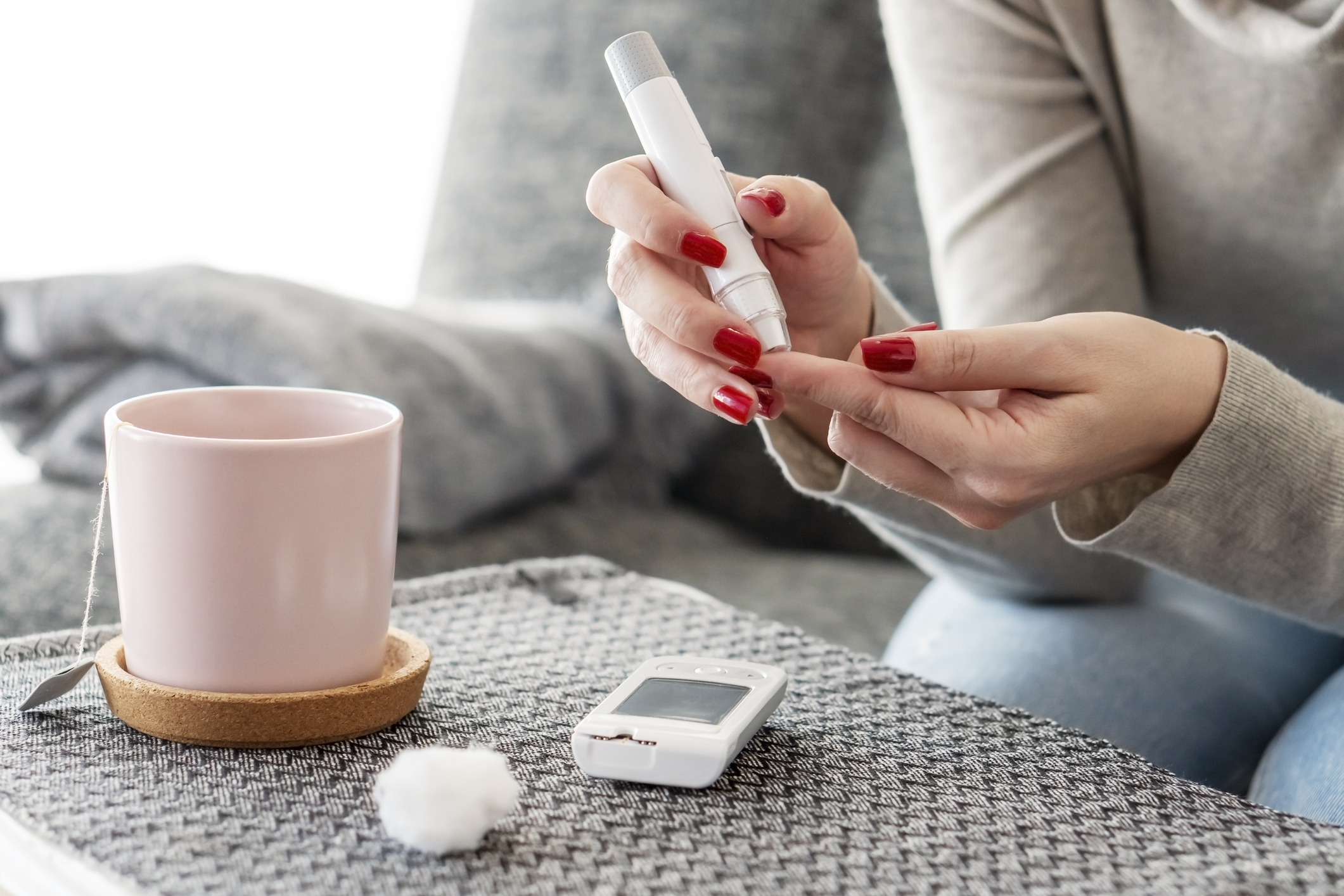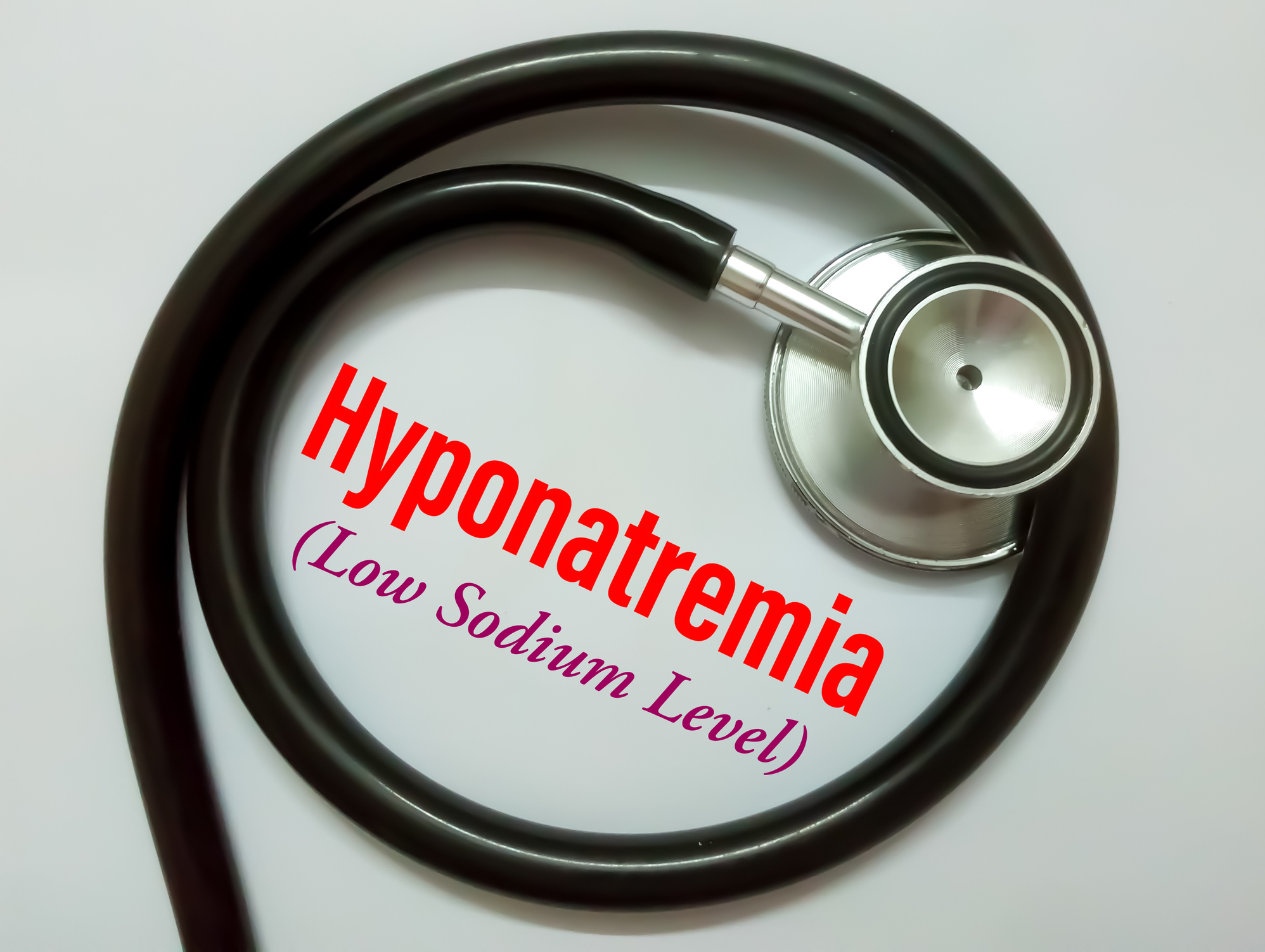Most people will experience some form of grief during their lifetime. It may be due to the death of a loved one, the loss of a pet, the loss of your home, the end of a relationship or the loss of a job.
It is important to keep in mind that everyone grieves differently. Some people grieve very intensely and some not at all. Most people fit into a category that lays between these two extremes. There is no timeline for how long a person will grieve for.
Elizabeth Kubler-Ross a Swiss American psychiatrist devised a model based on her theory that there are five stages of grief. This was published in her book “On Death and Dying” in 1969.
There is no specific order to the five stages of grief, and not everyone will experience these five stages which are:
- Denial
- Anger
- Bargaining
- Depression
- Acceptance
One of the first steps to coping with grief is to acknowledge that it exists. Talking with others and sharing with them your feelings will help you to cope. You can speak to people you’re comfortable expressing yourself to. You can also rely on clergy, grief support groups, and trained professionals who can listen and support you. Many religions also have rituals that can assist with the mourning process after the loss of a loved one.
Some suggestions for coping with grief are:
- Take your time to grieve as you need to
- Talk to people who are supportive
- Don’t judge your grieving process based on how others have handled their situations
- Avoid alcohol and other substances that can alter your responses
- Seek professional help if you feel you need it
- Allow yourself to cry
- Take care of your body by exercising and eating properly
If you would like to speak to a professional grief counselor at Flushing Hospital Medical Center, you can call 718-670-5562.
All content of this newsletter is intended for general information purposes only and is not intended or implied to be a substitute for professional medical advice, diagnosis or treatment. Please consult a medical professional before adopting any of the suggestions on this page. You must never disregard professional medical advice or delay seeking medical treatment based upon any content of this newsletter. PROMPTLY CONSULT YOUR PHYSICIAN OR CALL 911 IF YOU BELIEVE YOU HAVE A MEDICAL EMERGENCY.








